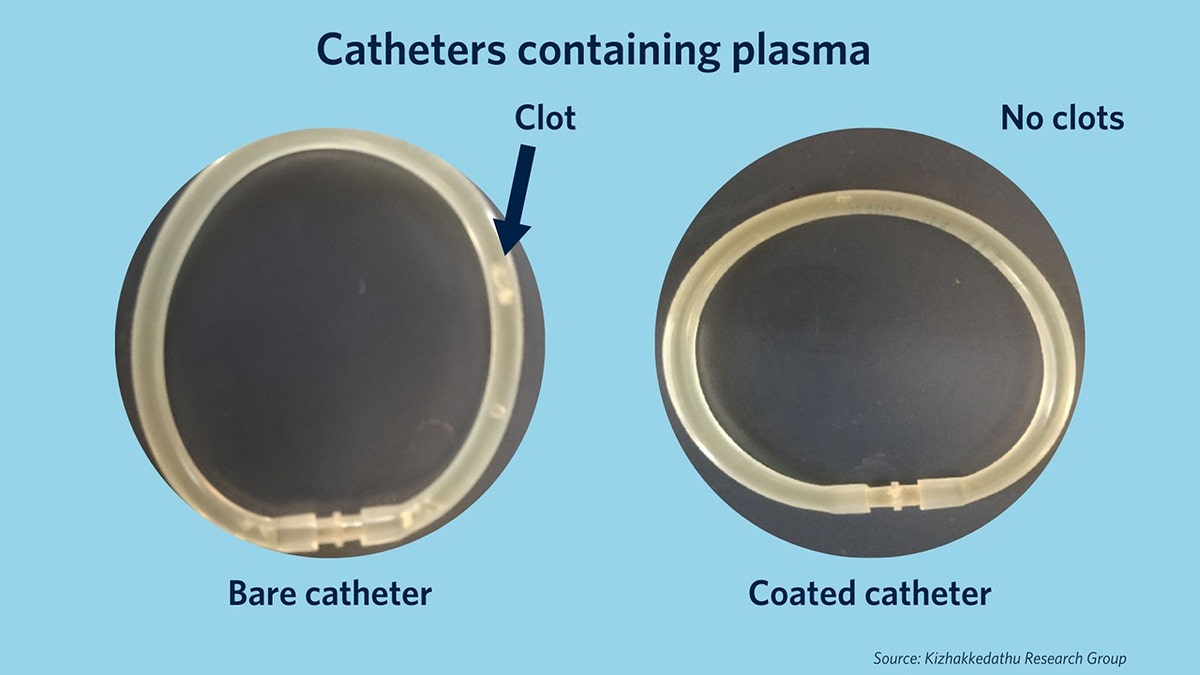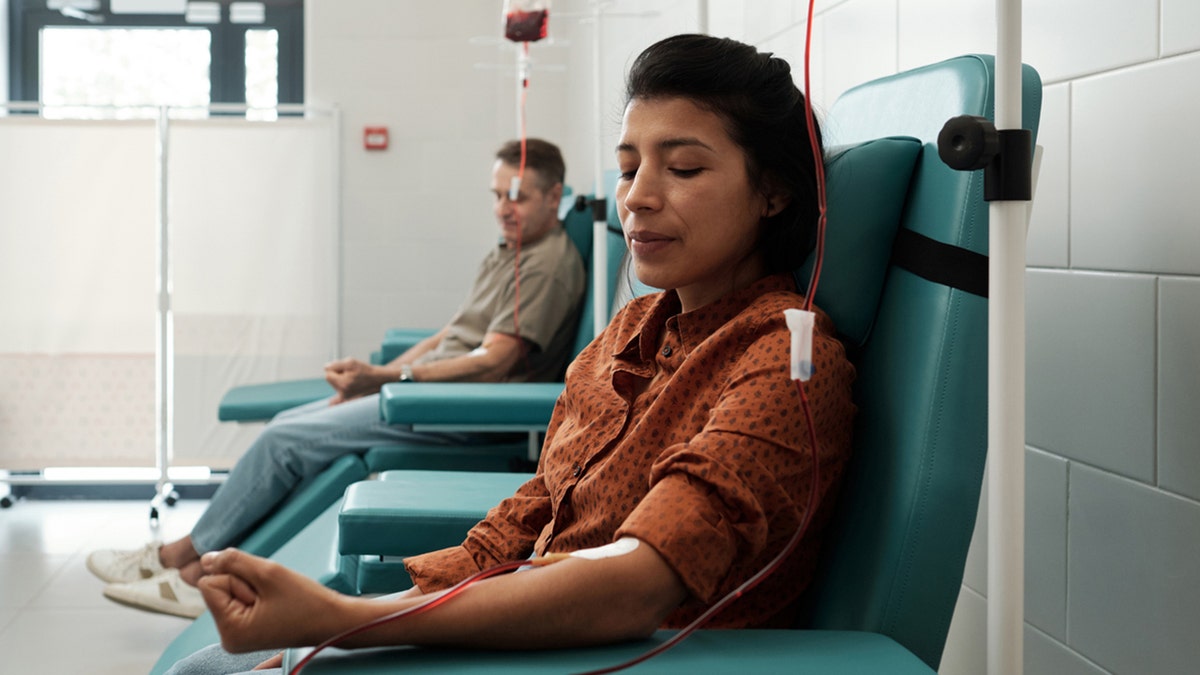A groundbreaking coating developed by University of British Columbia (UBC) researchers promises enhanced safety for medical devices, potentially minimizing the risk of thrombosis (blood clot formation) and bleeding for countless patients. This innovative material, designed for tubing in various medical devices like catheters, stents, blood-oxygenation and dialysis machines, mimics the natural behavior of blood vessels, promoting safer blood interaction.

This advancement is particularly significant for patients susceptible to blood clots, who often require high doses of blood thinners, increasing bleeding risks. The new coating addresses this challenge by emulating the body’s natural clot prevention mechanisms, potentially reducing the need for such medications. Study author Dr. Jayachandran Kizhakkedathu, a professor at UBC, hails this as a transformative step towards safer medical devices.

Published in Nature Materials, the research highlights the importance of mimicking the body's natural processes for biocompatible device design. The coating acts as a soft barrier, attracting a specific blood protein to prevent clotting. Dr. Kizhakkedathu notes the increasing use of blood-contacting devices, coupled with the persistent challenge of blood clot risks. Developing materials that inherently prevent coagulation has been a long-sought goal, and this new coating offers a promising solution.

While still in early stages, this development requires further research, but it holds immense potential for creating safer medical devices and minimizing thrombosis concerns. Dr. Kizhakkedathu hopes this breakthrough will inspire further advancements in the field.








